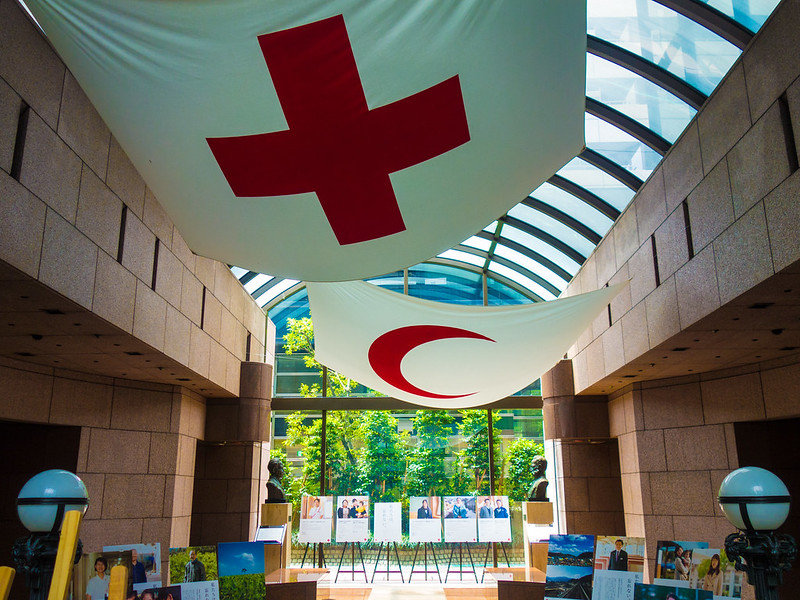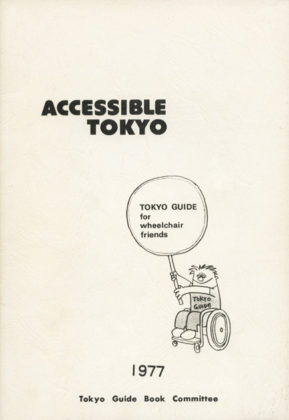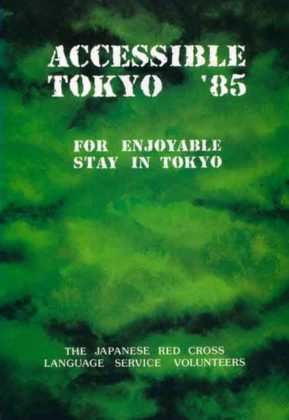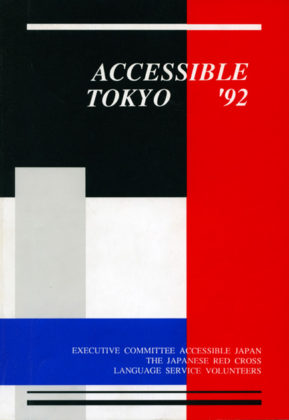Accessible Activities
In the Japanese Red Cross Language Service Volunteers, we carry out “Accessible Activities”.
These activities are a long-term effort spanning 40 years in 2017 (please see “History”). This site provides information to help people with disabilities even a little when visiting Japan. You can easily find sightseeing spots you want to know, categorized according to purpose or region. In the description of each facilities, we also describe the wheelchair correspondence of the nearest station, so please refer to it before visiting.
In other blogs, we introduce in detail the various sightseeing spots visited and investigated, so please refer to it.
* If you notice something in the content of the post, please contact us from the inquiry form
* The Japanese Red Cross Language Service Volunteers supports people with disabilities visiting Japan. Please contact us directly.
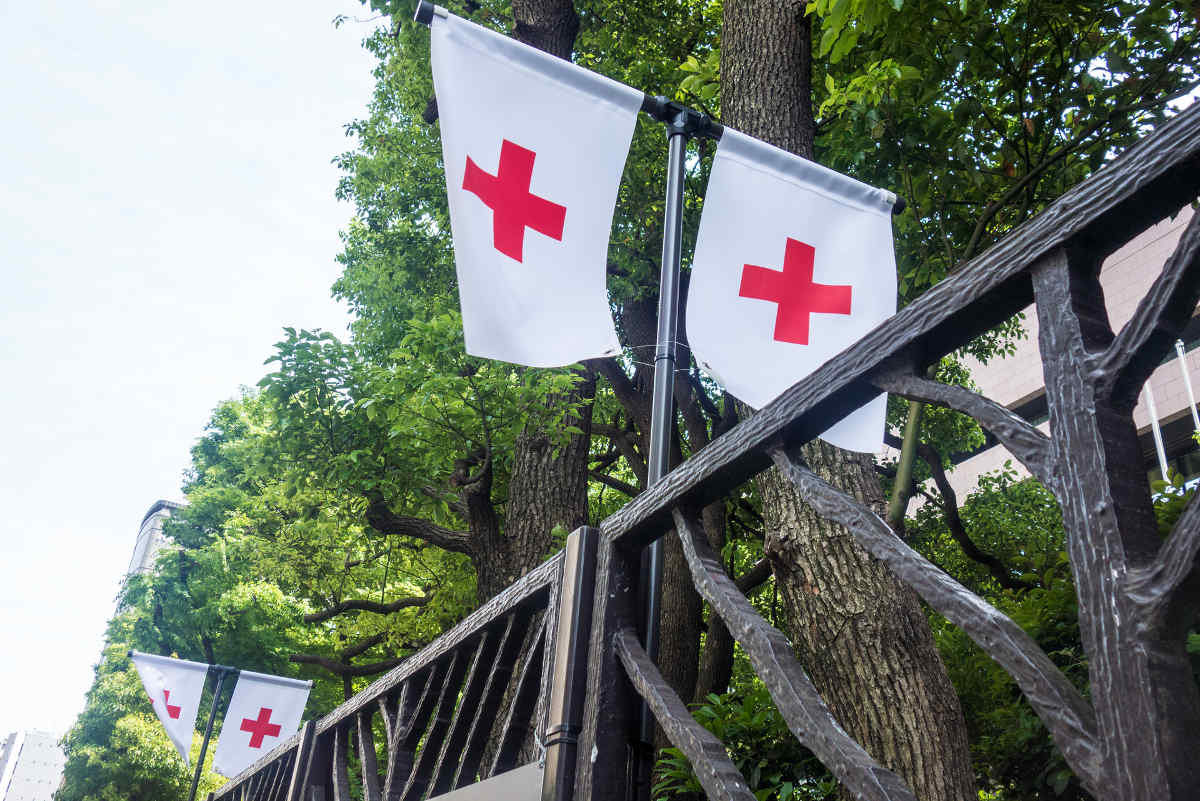
Hisotry
First edition
- Advance version published in full cooperation with the Tokyo Guide book Committee.
- B4 size (written in English) 81 pages.
Printing plate made by typewriter. - «Compilation by purpose»
Stay, Watch, Buy, Eat, Information, Restroom. - Publication of this brochure became the starting point of Accessible Activities.
1985 version
- B5 size (written in English) 235 pages.
Printing plate made by typewriter. - «Compilation by area»
Area guide, Transportation, Information. - The first version published by The Japanese Red Cross Language Service Volunteers.
Organization of information after a two year survey, trial and error over the editorial policy, typing for art work, illustrations, cover design were all made by our editorial members.
1992 version
- A5 size (written in English) 208 pages.
Computerized composition (A Mac PC was donated by Apple Inc.).
Database software was introduced to organize the information. - «Compilation by facility»
Hotels, Department stores, Theaters, Art museums, Stations, Area guide, Transportation guide. - The first version published by computerized information arrangement and composition.
Accessibility information was shown in chart style (including detailed explanation pages of hotels).
1995 version
- A5 size (written in both English and Japanese) 286 pages, 2nd edition.
- «Compilation by facility»
Hotels, Shopping, Art museums, Halls, Parks, Area guide (stations, towns, tourist spots, stores and restrooms). - The first version written in both English and Japanese so people with disabilities in Japan could also utilize. The logo was designed by a illustrator who had a relation to our members.
1998 Publishing the website
- As the Nagano Paralympics took place in 1998, accessibility information by Accessible Tokyo was published on the website of IBM Japan, Ltd.
2000 version
- A5 size (written in both English and Japanese) 312 pages. The index was printed in color (printing consigned to the Japanese Red Cross Society).
- «Compilation by facility»
Hotels, Commercial districts, Art museums, Theaters, Parks, Area guide (stations, towns, tourist spots, stores and restrooms). - 15 hotels recommended by the editorial members were listed in a single page.
Using gloss coated paper contributed to a high quality look but the brochure was heavy.
2002 Posting the information of Kyoto on our website
- IBM Japan, Ltd. which supported our publication on the website also assisted us to do a three day survey in Kyoto. Thanks to the donation of Windows PCs and the website building software, we were able to release the result of the Kyoto survey. At the same time, The Japanese Red Cross Language Service Volunteers started to administer the website.
2003 Posting the information of Kamakura on our website
- Changed the server for security support and enhanced management functions
New URL: https://accessible.jp.net
2005 version
- A5 size (in both English and Japanese) 196 pages.
Entrusting the printing plate making and printing to Suda Seihan Co., Ltd. - «Compilation by area»
Information, Area guide (stations, hotels, department stores, art museums, theaters and parks) - The numbers of pages were significantly reduced and the matt coated paper made the brochure lighter.
2014 Renewal of our website
- The outdated website was renovated to respond to smart phones, and the English version was released in 2015.
2019 Renovation of Kamakura page
- After reinvestigation Kamakura area, which is popular with tourists from abroad, and renovated the Kamakura page with a new system.
2021 Our website was renewed and its domain also changed
- Please bookmark our new website as its URL has changed in accordance with the renewal.
New URL: https://accessible.jp.net
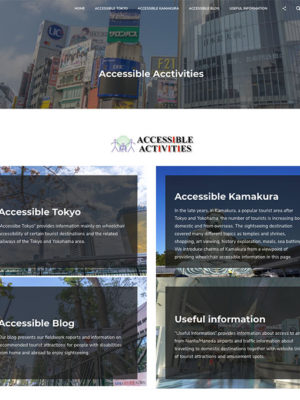
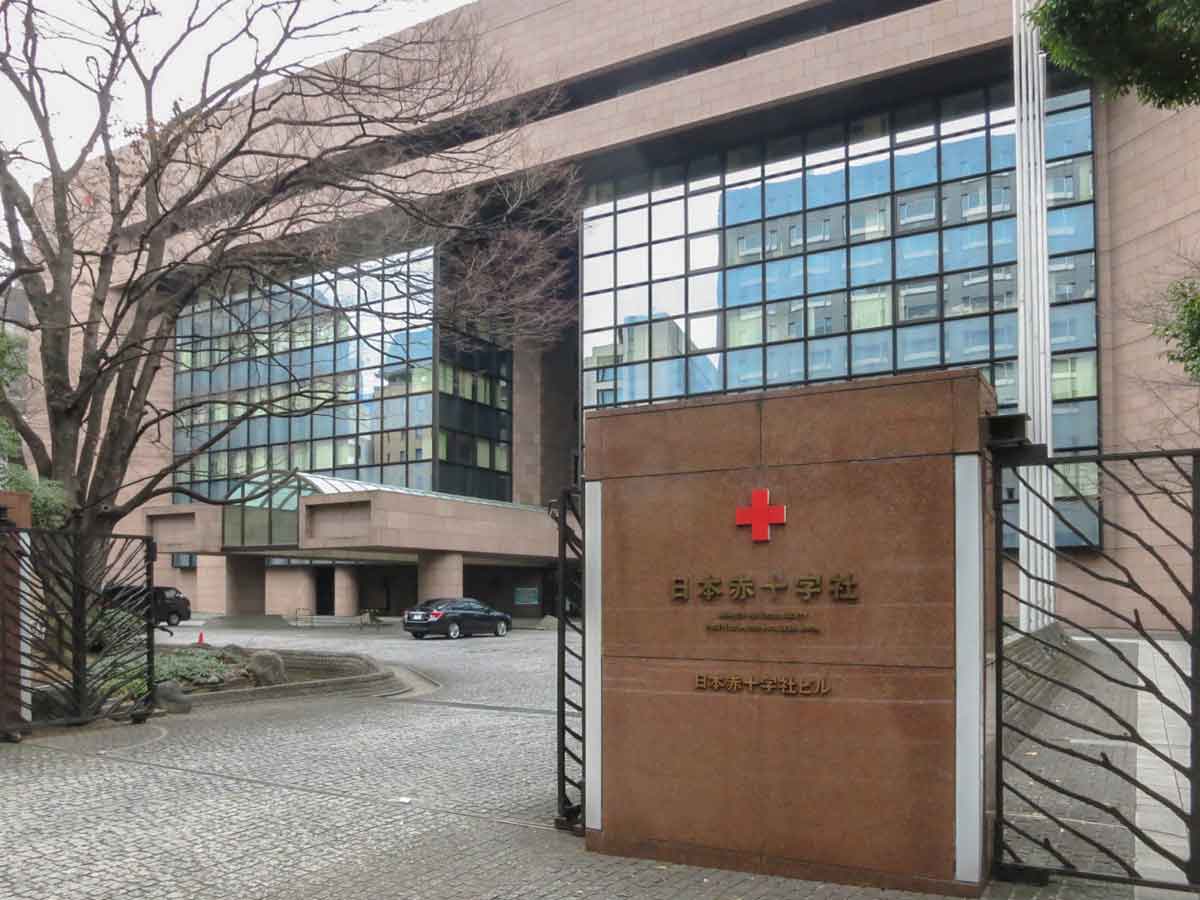
The Japanese Red Cross Language Service Volunteers
The Japanese Red Cross Language Service Volunteers (LSV), founded in 1965, was based on a volunteer interpretation services group for the Tokyo Paralympics held in 1964. LSV is positioned as a specialized volunteer corps under the Japanese Red Cross Society (JRCS). LSV marks its 50th anniversary in 2015.
- Organization
Membership: Approximately 200
Member compositions: All ages in various fields and occupations including students and retirees.
- Main Activities
- General assistance for JRCS activities
- Assistance in planning, translation and interpretation services for international exchange projects conducted by JRCS
- Translation of JRCS documents including instruction manuals on cardiopulmonary resuscitation, disaster relief, dissemination of the Red Cross principles and introductions of IFRC (International Federation of Red Cross And Red Crescent) Societies activities
- Interpretation and translation services for events and projects hosted by social welfare organizations
- Guide services for foreign visitors with disabilities
- Managing the guide website, “Accessible Tokyo” for people with disabilities
